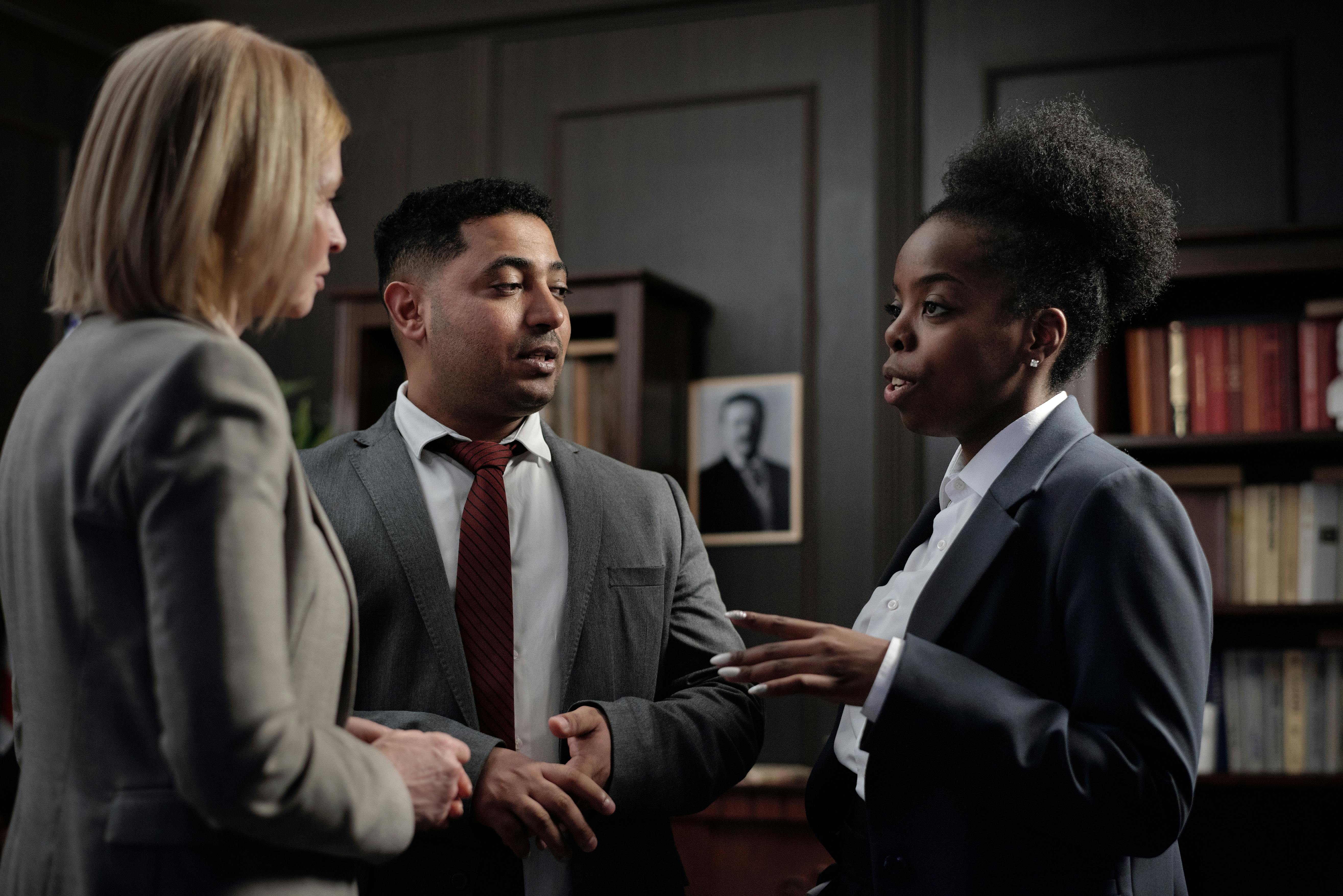Richard Hannula is the author of: Trial and Triumph: Stories from Church History initially for their own children, but many others of all ages find it very useful. Also, I see the value of these mini-biographies as excellent writing suggestions.
Students learning to write should remember:
- Use transition words: transition is like a bridge between two sentences or two paragraphs.
Examples: first, next, finally, obviously, certainly, in addition, while, third, first, finally, last, to begin with, to conclude, unfortunately, however, equally important, between, similarly, first, in the other hand, consequently, soon, again, further, therefore, equally, therefore, although, further, below, well, as if, however, although, consequently, further, instead of, furthermore, still, so that as a result, otherwise
- Avoid contractions, abbreviations, and overworked words.
All contractions, like: she will, he, is (Easy fix: she will, he would, is)
Abbreviations, such as: sept. Ok (easy fix: write the full form)
Dead words like: get, got, very, nice, you, your, good, just, lot, much, well, fine, so, fun, great, every, the end, (Easy fix: replace with more descriptive language)
Slang: awesome, cool, fine, totally, radical, rough (Easy fix: replace with more descriptive language)
Many writing manuals have word lists that replace “dead” words with more descriptive words. I found mine in a book that I have had for many years. My internet search did not find Mitzi Merrill in From paragraph to essay, 1988. Every student should have such a book for reference.
William Carey – Father of modern missions – 1761-1834
William Carey, a poor shoemaker, was sitting in his workshop making, not shoes, but a leather globe of the world. With his huge hand-drawn map of the world on the wall and the globe, he prayed for pagans around the world. He made enough shoes to pay for his expenses, but most of the time he preached to the people who lived nearby. Despite this opportunity and the many who believed in Christ, he longed for those around the world to be saved. He lived in a time when many of the churches believed that if God wanted them to be saved, He would do so without the help of Carey or anyone else. Later, Carey began attending a meeting of ministers. In the first, he encouraged churches to send missionaries. They scoffed at his idea and did nothing. Then, in 1791, Carey produced an 87-page document, An investigation into the obligation of Christians to use means for the conversion of pagans. Once again, at the next meeting, he preached with great passion, “Expect great things from God; try great things for God.” Even with the deep and moving message, the pastors again held back out of fear. William took Andrew Fuller by the arm and pleaded with him, “Isn’t there anything else going to be done, sir?” Moved, Fuller spoke passionately to the men who reconsidered and started progress. A year later, John Thomas and William Carey set sail for India, where they began ministering to Hindi. Six years later, two English missionaries, Joshua Marshman and William Ward, joined the team in India. God used these men to bring countless people in India to a saving knowledge of Jesus Christ. As a result, other churches formed missionary societies and began sending missionaries. On his deathbed at the age of 72, Carey said weakly, “… when I’m gone, don’t say anything about William Carey. Talk about William Carey’s Savior.”
John Paton – Witness to the Cannibals – 1824-1907
After three years of preaching on Tanna from the New Hebrides, John Paton left because of danger. These people were cannibals. His wife and firstborn had died in childbirth and even then he had persevered. Then it was time to leave, but after a year, he returned having recruited co-workers. This time he addressed the people of Aniwa. They thought he was crazy, especially after a long time of preaching, and eventually John dug a well. These incredulous people had never seen “rain” come from the ground, but when fresh water gushed out of that well, the Chief asked to preach next Sunday. Many Aniwa people heard the Chief testify of his faith in Jehovah God, the God of Missi, as John Paton was called. Almost all of these people came to Christ. Later, other missionaries went to the islands of the South Pacific to preach, and many believed. Generations of John Paton’s family now serve as missionaries in the South Pacific Islands.
Amy Carmichael – Mother of marginalized children- 1867-1951
As a child, Amy learned a lot from her parents about her God. He learned to pray; her heart’s desire was to have blue eyes instead of brown. God did not give him blue eyes. Later in life, he realized why God had given him brown eyes. In His sovereignty, God sent her to work with women in South India. In that country, Hinduism and its caste system make life difficult as we do. Amy’s brown eyes helped her as she worked with these people who all had brown eyes. Those who “broke caste” by becoming Christians or even working in a field other than their family were in grave danger. Carmichael raised children and testified of God’s grace for fifty years. Many books that talk about his children remain long after his death at the age of 83. God used Amy Carmichael mightily!
